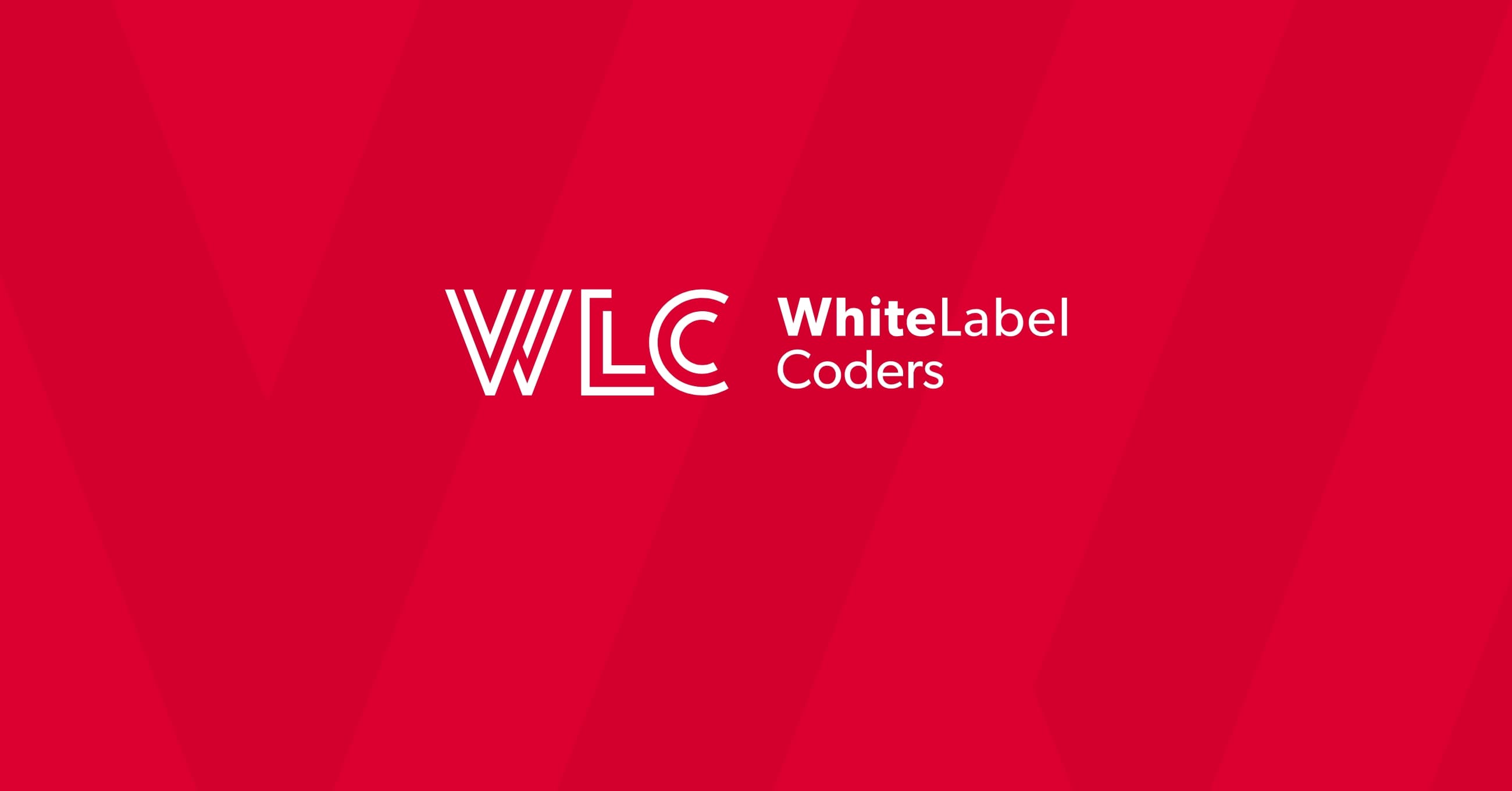Category: WooCommerce
How to create a webhook in WooCommerce?

Are you looking to automate your WooCommerce store and connect it with other systems? Webhooks are your ticket to creating powerful integrations that save time and expand functionality. This guide will walk you through everything you need to know about setting up webhooks in WooCommerce, from basic concepts to advanced implementation techniques.
This is an intermediate-level guide that will take approximately 30-45 minutes to implement. To follow along, you’ll need:
- Administrative access to your WordPress/WooCommerce site
- A basic understanding of how WooCommerce works
- A destination URL where webhook data will be sent
- Basic knowledge of HTTP requests and responses
We’ll start with core concepts, move through the setup process, and conclude with optimization techniques to ensure your webhooks perform reliably. Let’s dive in!
Understanding webhooks and their benefits in WooCommerce
Webhooks are essentially automated messages that your WooCommerce store sends to other applications when specific events occur. Think of them as digital messengers that notify external systems about important activities in your store. For example, when a customer places a new order, updates their profile, or a product’s inventory changes, webhooks can instantly communicate this information to other services.
The key advantage of webhooks is their real-time nature. Unlike traditional methods that might poll your system for changes every few minutes, webhooks push data immediately when triggered, ensuring that your integrated systems stay perfectly synchronized.
For e-commerce businesses, this capability enables powerful automations such as:
- Instantly updating inventory levels across multiple sales channels
- Triggering custom email sequences when specific products are purchased
- Synchronizing customer data with your CRM system
- Automating shipping and fulfillment processes
- Creating custom analytics or reporting tools
With proper WooCommerce development, webhooks can significantly reduce manual work and create seamless connections between your store and third-party services like payment processors, marketing platforms, or custom applications.
Essential prerequisites for creating WooCommerce webhooks
Before setting up webhooks in your WooCommerce store, ensure you have these essential requirements in place:
| Requirement | Description | Why It’s Important |
|---|---|---|
| Administrator Access | Full administrative privileges to your WordPress site | Required to access WooCommerce advanced settings |
| WooCommerce 2.2+ | Any recent version of WooCommerce | Webhook functionality was introduced in version 2.2 |
| Delivery Destination | A URL that will receive webhook data | The endpoint that processes your store’s events |
| Secure Hosting | HTTPS-enabled website | Ensures secure transmission of potentially sensitive data |
| Technical Understanding | Basic knowledge of API concepts | Helps troubleshoot issues if they arise |
Your hosting environment plays a crucial role in webhook reliability. Many hosting providers impose limitations on background processes or have specific firewall configurations that might affect webhook delivery. If you’re planning extensive use of webhooks, consult with your hosting provider to ensure they support the necessary server configurations.
Additionally, the destination service must be properly configured to receive and process the incoming webhook data. This typically involves setting up an endpoint (URL) that’s ready to accept POST requests and handle the JSON payload that WooCommerce will send.
How to access the WooCommerce webhooks interface?
Finding the webhook settings in WooCommerce is straightforward once you know where to look. Follow these steps to access the webhooks interface:
- Log in to your WordPress admin dashboard
- Navigate to “WooCommerce” in the main sidebar menu
- Click on “Settings” from the dropdown menu
- Select the “Advanced” tab at the top of the settings page
- Click on the “Webhooks” subtab (or link) to access the webhook management area
If you’re running a newer version of WooCommerce, you might alternatively find webhooks under:
- WooCommerce → Settings
- Click the “Advanced” tab
- Select “REST API” from the subtabs
- Navigate to the “Webhooks” section
Once there, you’ll see a list of any existing webhooks (if you’ve created them before) and an “Add webhook” button that allows you to create new ones. This interface is where you’ll manage all aspects of your store’s webhook configurations, including creating, editing, and monitoring their delivery status.
The webhook management interface provides a comprehensive overview of all your active webhooks, making it easy to track what events are being monitored and where that data is being sent. With proper WooCommerce development practices, this interface becomes the central hub for managing your store’s integrations.
Setting up your first webhook in WooCommerce
Now that you’ve accessed the webhooks interface, let’s walk through the process of creating your first webhook. This is where your store’s automation journey begins!
- From the webhooks management screen, click the “Add webhook” button
- Give your webhook a descriptive name (e.g., “New Order Notification”)
- Set the “Status” to “Active” (you can temporarily disable webhooks by changing this later)
- Enter the “Delivery URL” where the webhook data should be sent
- Select the “Topic” from the dropdown menu – this determines which event triggers the webhook
- Choose the data “Format” (usually JSON is best for most applications)
- Create a “Secret” key for secure communication
- Click “Save webhook” to activate it
The topic selection is particularly important as it defines exactly when your webhook will fire. WooCommerce offers several topic categories:
| Topic Category | Example Events | Common Uses |
|---|---|---|
| Orders | Created, Updated, Deleted, Restored | Fulfillment, CRM updates, Customer notifications |
| Customers | Created, Updated, Deleted | Marketing automation, Customer segmentation |
| Products | Created, Updated, Deleted, Restored | Inventory syncing, External catalogs |
| Coupons | Created, Updated, Deleted, Restored | Marketing campaigns, Promotion tracking |
| Refunds | Created, Deleted | Accounting systems, Customer service alerts |
When setting up the secret key, be sure to create a strong, unique value. This key is used to generate a signature that verifies the webhook is legitimately from your store, helping the receiving system validate the authenticity of incoming requests.
After saving, WooCommerce will automatically attempt a test ping to your delivery URL to verify connectivity. Check the delivery status to confirm everything is working properly.
Customizing webhook payloads for specific applications
WooCommerce webhooks send a standard set of data by default, but you might need to modify this payload to better suit your specific integration needs. Customizing webhook payloads requires some coding knowledge but offers tremendous flexibility.
To customize webhook payloads, you’ll need to use WordPress filters. Here’s a basic example of how you might add additional data to an order webhook:
add_filter( 'woocommerce_webhook_payload', 'customize_webhook_payload', 10, 4 );
function customize_webhook_payload( $payload, $resource, $resource_id, $webhook_id ) {
// Only modify order webhooks
if ( 'order' === $resource ) {
// Add custom field data
$order = wc_get_order( $resource_id );
$payload['custom_field'] = $order->get_meta( 'my_custom_field' );
}
return $payload;
}
The payload structure follows WooCommerce’s REST API format, making it consistent and predictable. You can include additional order details, customer information, or even data from other WordPress plugins to create a more comprehensive data package.
Common webhook payload customizations include:
- Adding customer purchase history to new order notifications
- Including custom product fields or attributes
- Removing sensitive information for certain integrations
- Reformatting data to match receiving system requirements
- Adding calculated values or aggregated data
Remember that webhook payloads should remain reasonably sized to ensure reliable delivery. If you need to send large amounts of data, consider including only essential information in the webhook and providing references or IDs that the receiving system can use to fetch additional details if needed.
Troubleshooting common webhook delivery issues
Even with careful setup, webhook deliveries can sometimes fail. Understanding common issues and how to resolve them will save you significant troubleshooting time.
Common Webhook Problems and Solutions
- Failed deliveries: Check that your delivery URL is correct and accessible from the internet. Many webhook issues stem from simple URL errors or servers that aren’t publicly accessible.
- Timeouts: If your receiving endpoint takes too long to process the request, the webhook might time out. Optimize your endpoint to acknowledge the webhook quickly, then process the data asynchronously.
- Authentication failures: Verify that your secret key is correctly configured on both ends and that the signature validation logic is properly implemented.
- Payload issues: If your endpoint expects data in a specific format, ensure your webhook payload customizations match those expectations.
WooCommerce keeps detailed logs of webhook deliveries, which are invaluable for troubleshooting. To access these logs:
- Go to the webhooks interface
- Find the webhook in question and click “View”
- Scroll down to the “Delivery logs” section
These logs show the response code, delivery duration, and any error messages received from the endpoint. For persistent issues, you might need to coordinate with your WooCommerce development team to analyze the server’s error logs for more detailed information.
If deliveries are consistently failing, try temporarily simplifying your setup. Create a basic webhook with minimal customization to a reliable test endpoint (like webhook.site) to isolate whether the issue is with WooCommerce, your customizations, or the receiving endpoint.
Advanced webhook implementation with custom code
For developers looking to extend webhook functionality beyond the standard WooCommerce interface, programmatic implementation offers powerful possibilities. With custom code, you can create webhooks dynamically, implement custom topics, or build sophisticated event handling systems.
Creating webhooks programmatically is straightforward using the WooCommerce API:
$webhook = new WC_Webhook(); $webhook->set_name( 'Programmatic webhook' ); $webhook->set_topic( 'order.created' ); $webhook->set_delivery_url( 'https://example.com/webhook-receiver' ); $webhook->set_secret( 'my-secret-key' ); $webhook->set_status( 'active' ); $webhook->save();
This approach is particularly useful for plugin developers who want to create and manage webhooks as part of their extension’s functionality. You can also create custom webhook topics for events that aren’t covered by the standard WooCommerce options:
add_filter( 'woocommerce_webhook_topics', 'add_custom_webhook_topic' );
function add_custom_webhook_topic( $topics ) {
$topics['custom_event'] = 'Custom event topic';
return $topics;
}
// Trigger the webhook when your custom event occurs
function trigger_custom_webhook() {
do_action( 'woocommerce_webhook_custom_event' );
}
Advanced implementations might include:
- Dynamic webhook creation based on store settings or user actions
- Bulk management of webhooks for complex integration scenarios
- Custom delivery handling for special integration needs
- Conditional webhook triggering based on complex rule sets
For mission-critical integrations, consider implementing a queuing system to ensure webhook deliveries are never lost, even if the receiving system is temporarily unavailable. This typically involves storing failed webhook attempts in a database and attempting redelivery on a schedule.
Measuring webhook performance and next optimization steps
Once your webhooks are up and running, monitoring their performance becomes essential for maintaining reliable integrations. Effective monitoring helps you identify and address issues before they impact your business operations.
Start by regularly reviewing the built-in delivery logs in the WooCommerce webhooks interface. Look for patterns in failures or delays that might indicate underlying issues. For more comprehensive monitoring, consider implementing additional tracking:
- Log successful deliveries and processing on the receiving end
- Track webhook execution time to identify performance bottlenecks
- Monitor the queue size if you’ve implemented a queuing system
- Set up alerts for repeated delivery failures
To optimize webhook performance and reliability, consider these best practices:
- Batch related webhooks: If you need to trigger multiple webhooks for related events, consider consolidating them to reduce overhead.
- Implement retry logic: For critical webhooks, add code that automatically retries failed deliveries with exponential backoff.
- Optimize receiver endpoints: Ensure your receiving endpoints acknowledge webhooks quickly, then process the data asynchronously if needed.
- Use webhook filtering: Only send the data that’s actually needed to reduce payload size and processing time.
- Regular maintenance: Periodically review your webhook configurations to remove any that are no longer needed.
For high-volume stores, consider the impact of webhooks on your server performance. Each webhook trigger requires resources, so optimizing your WooCommerce setup becomes increasingly important as your webhook usage grows.
Working with an experienced WooCommerce development team can be invaluable for implementing advanced webhook strategies and ensuring your integrations scale with your business.
Final Thoughts
Webhooks are a powerful tool in your WooCommerce automation toolkit, enabling real-time integrations that keep your business systems in sync. From basic order notifications to complex multi-system workflows, webhooks provide the foundation for extending your store’s capabilities beyond its built-in features.
By following the steps outlined in this guide, you’ll be well-equipped to implement webhooks that enhance your store’s functionality and save you valuable time through automation. Remember that webhook implementation is an iterative process – start with simple integrations, monitor their performance, and gradually expand to more complex scenarios as you gain confidence and experience.
What integrations will you build with your newly configured WooCommerce webhooks?

